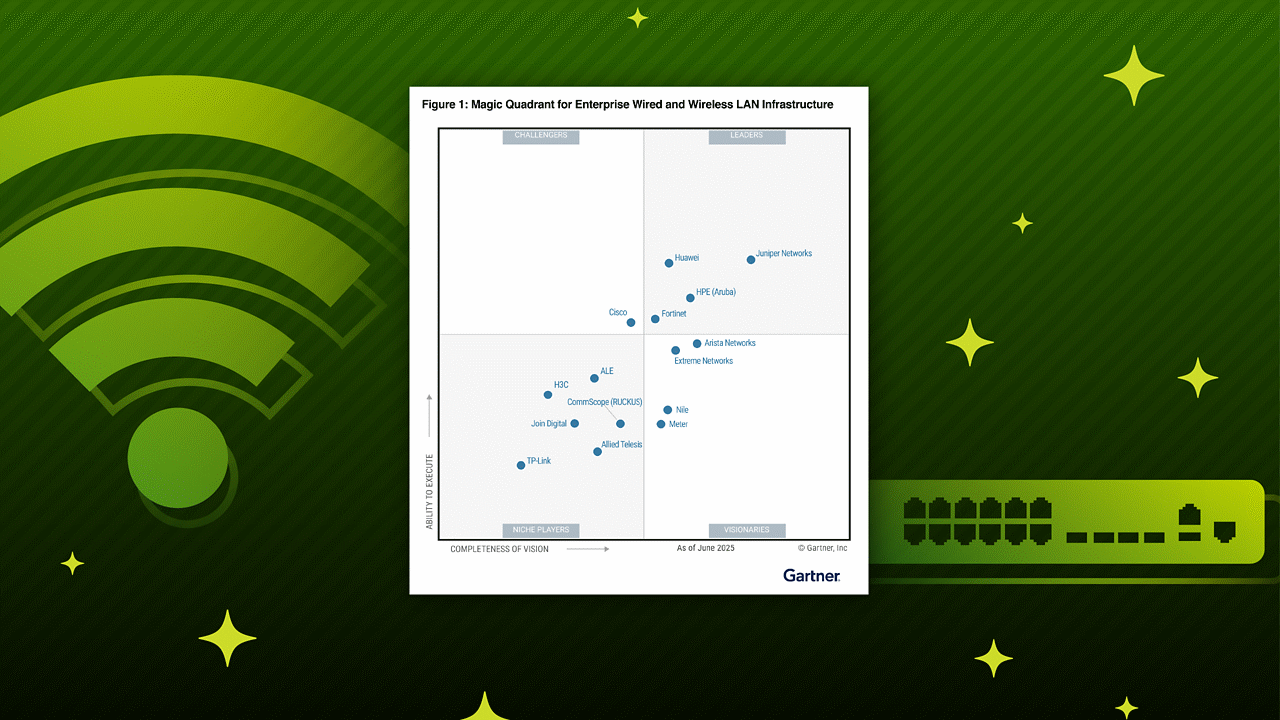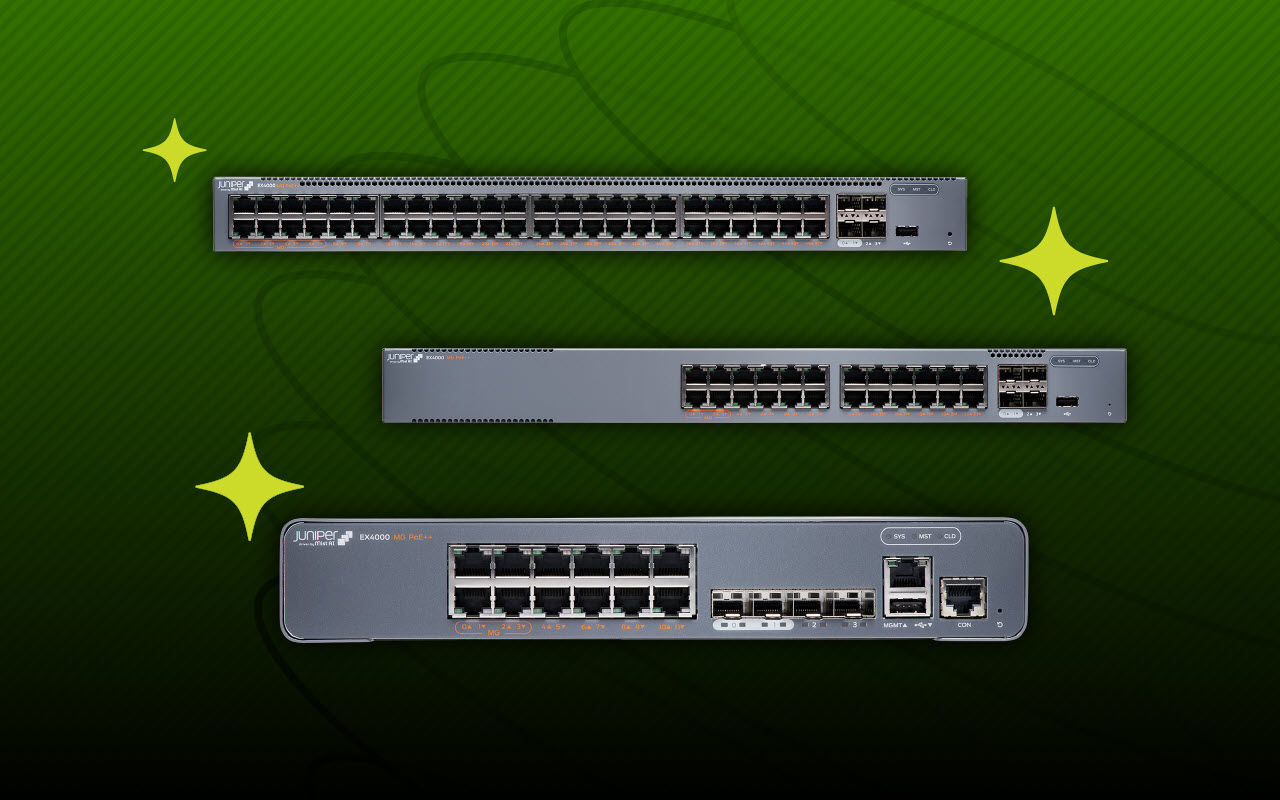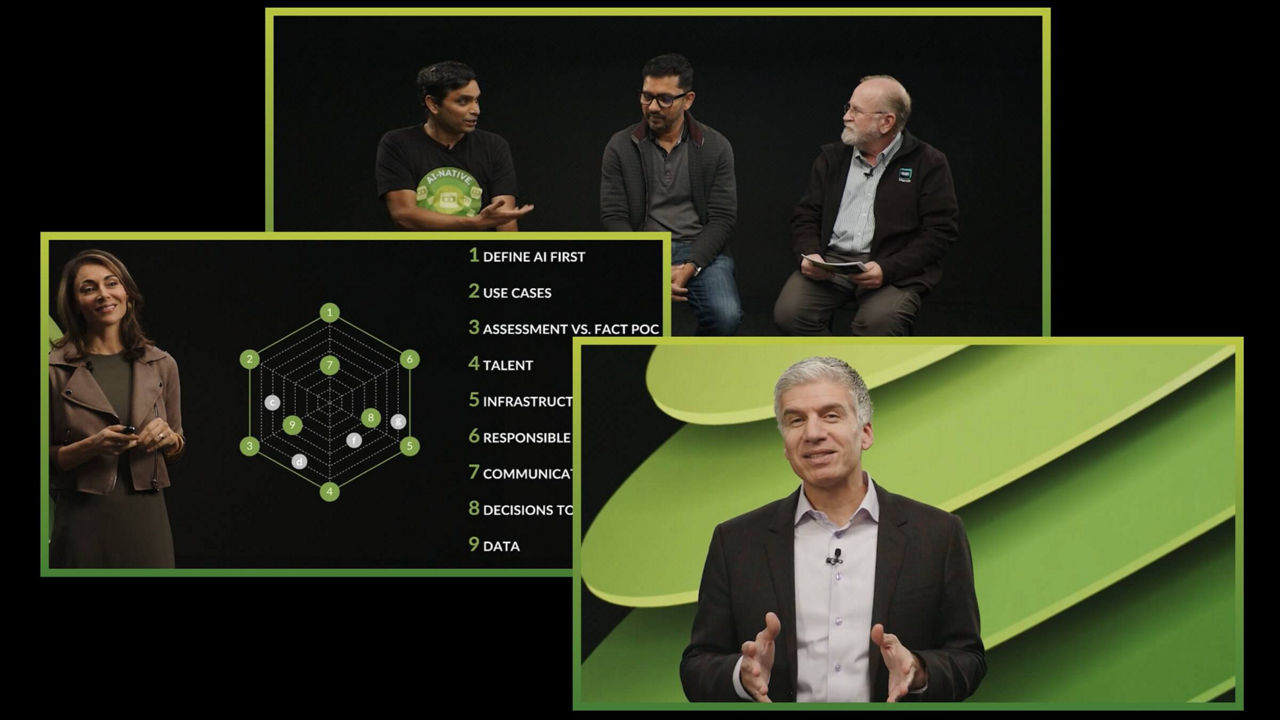Migration Services Datasheet
Download DatasheetService overview
In the dynamic landscape of IT infrastructure, network migrations become a necessity for organizations aiming to adapt to evolving demands, whether it's accommodating new IT applications, enhancing performance, or ensuring reliability. Businesses may also require network consolidation to reduce complexity as they streamline their IT requirements. These transitions demand the swift and seamless relocation of critical applications and data while minimizing disruptions and risks.
Juniper Networks® Migration Services offer a structured three-phase approach (evaluation, planning, and execution) tailored to meet your unique needs. Leveraging industry best practices and cutting-edge automation tools, we facilitate a smooth transition, significantly reducing time, cost, and potential risks associated with the migration process.
Service description
Migrations typically involve deployment and operational complexities from technology validation, large-scale conversion, and handling of live customer traffic. Customers using Migration Services can transition confidently to new networking technologies with the skilled help of Juniper Professional Services, who employ best practices and automation tools to execute our three-phased approach.
Juniper Networks Migration Services help customers ease the transition of migrating from legacy networking products from Juniper and other vendors to next-generation Juniper solutions. Migration Services range from introductory offerings for key solutions and software products to full deployment and custom services that address broader use cases, requirements, and end-to-end solutions.
Specifications
| Activities/Tasks | Description | Features and benefits |
| Discovery workshop and planning | Juniper Networks will conduct an in-depth discovery workshop aimed at thoroughly examining the technical details of your platform and the migration of existing services. The primary goal of this workshop is to produce a detailed report, encompassing:
|
|
| Implementation and testing | Juniper consultants craft a comprehensive plan encompassing the step-by-step migration of services and network elements, including:
|
|
| Migration and knowledge transfer | Juniper engineers offer dedicated technical assistance during migration windows to help implement the agreed migration plan Dedicated session to share knowledge of the newly migrated network solution and how Juniper products are used, along with best practices, prepares customer teams to operate the solution effectively after migration |
|
Emphasis on automation
Automation tools are indispensable at every stage of migration, simplifying intricate tasks, enhancing efficiency, ensuring standardization, and mitigating human error. They not only help streamline project timelines but also slash operational costs. Juniper is at the forefront of providing essential automation capabilities tailored to various phases of migration.
By automating the conversion of configurations from legacy devices to modern Juniper solutions based on standardized templates, we significantly reduce the hours typically associated with manual configuration mapping. Automated pre- and post-migration checks allow customers to redirect their focus toward service assurance rather than using CLI commands to laboriously execute checks. Moreover, the confidence instilled by automated processes facilitates accomplishing more migration activities within a shorter time span. Juniper focuses on equipping customers with the requisite automation tools and capabilities, strategically applied to address unique migration challenges, to achieve optimal outcomes in the most efficient manner possible.
Additional Juniper Professional Services options
Juniper Professional Services have helped many customers migrate from legacy products and technologies to the most advanced and feature-rich Juniper network solutions. Juniper expertise includes:
- Migration from legacy core, edge, and metro network platforms to modern platforms and architectures, such as Juniper Networks Migration Service
- Migration from production data centers to next-generation data centers, such as Data Center Deployment Services (Migration Ready)
- Migration from Juniper or other vendors’ firewalls to Juniper next-generation security products: SRX Firewall Migration Service
In addition, migration engagements frequently involve the use of the Migration Methodology and Juniper’s methodologies for assessment, design, and deployment. The mix of methodologies varies for each engagement and customer.
Ordering information
To order the Juniper Networks Migration Services, or for additional information, contact your Juniper account manager. For additional details, such as scope, deliverables, eligibility, and exclusions, please refer to corresponding Service Descriptions: https://support.juniper.net/support/guidelines/
Exclusion
The scope of this service is for migration only and does not include separately sold assessment, design, or deployment services. If you require additional services from your Juniper Professional Services consultant, please contact your Juniper Account Manager.
About Juniper Global Services
Juniper Global Services offers an evolving lifecycle suite of services that aligns AI with people, process, and technology to accelerate time-to-value and de-risk network investments. Through insights, automation, and a range of services, Juniper provides assured assistance and advantage across the entire services portfolio.
About Juniper Networks
Juniper Networks believes that connectivity is not the same as experiencing a great connection. Juniper's AI-Native Networking Platform is built from the ground up to leverage AI to deliver exceptional, highly secure, and sustainable user experiences from the edge to the data center and cloud. Additional information can be found at juniper.net or connect with Juniper on X (formerly Twitter), LinkedIn, and Facebook.
1000535 - 002 - EN JULY 2024






















